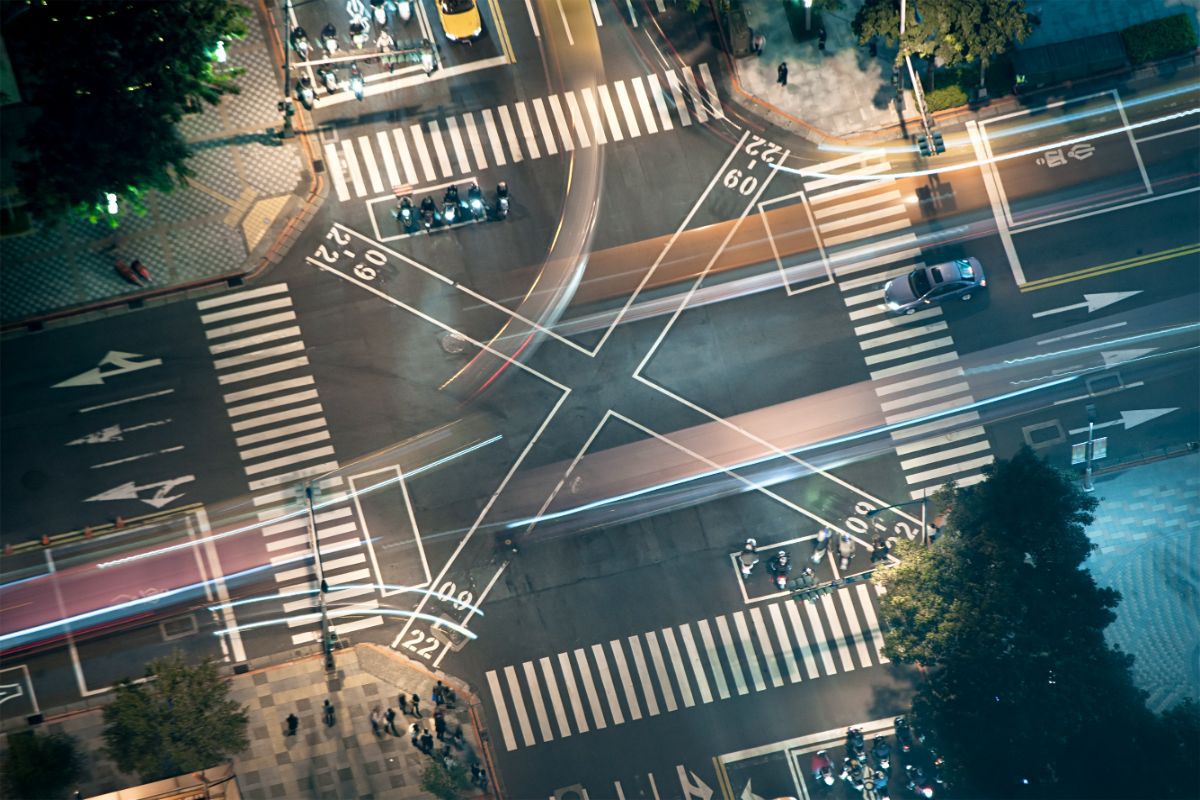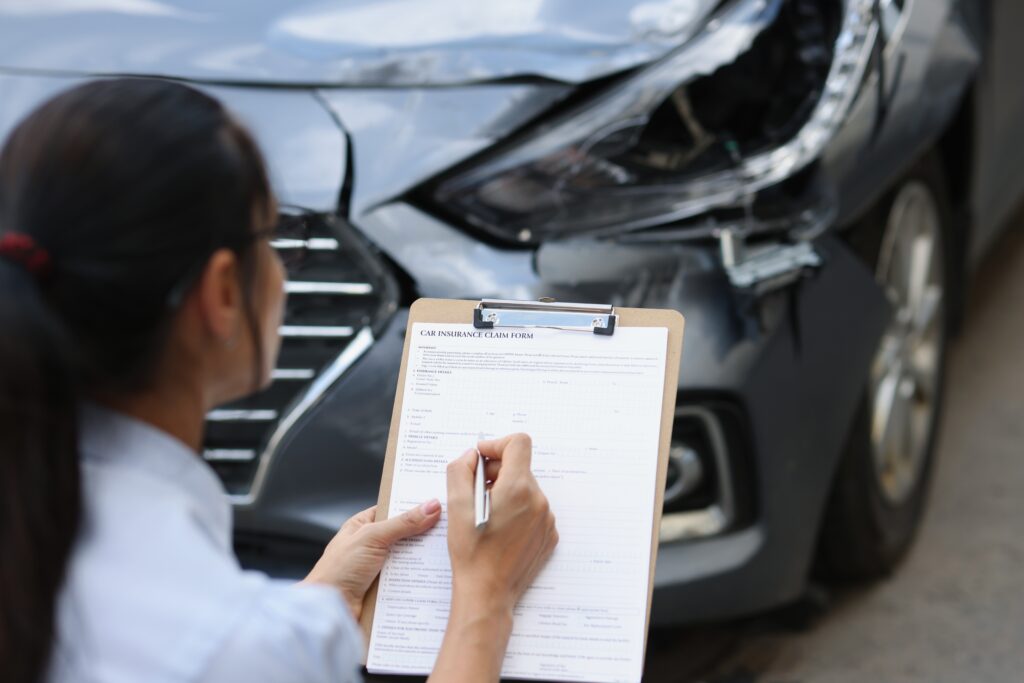
Unfortunately, Phoenix, AZ, sees more than its fair share of automobile accidents. Averaging 83 car crashes every day, Phoenix traffic accidents claim someone's life every other day. One of the most common forms of collisions is an intersection accident, where at least two roads come together, and traffic signals or stop signs may control the flow of traffic. And Phoenix has five of the most dangerous intersections in the state.
When a driver is confused or unfamiliar with the area, they might be unsure about where to drive and when to proceed. Other drivers may be in a rush and try to beat the red light or make a turn when it's not safe to do so. Although you may drive carefully and follow the rules of the road, you might be in the wrong place at the wrong time and be involved in a motor vehicle accident.
If you regularly drive in the Phoenix area, you should know where the majority of crashes happen so you can avoid these locations if possible. If you must travel these dangerous intersections, be especially cautious to avoid becoming involved in an auto accident.
Contact us for a free consultation
The 5 Most Dangerous Intersections in Maricopa County are Located in Phoenix
Not surprisingly, the five most dangerous intersections across the Valley are located in Phoenix. Using crash data collected over a five-year period, the Maricopa Association of Governments (MAG) ranked intersections in terms of their overall crash risks. Here are the top five most dangerous intersections in Phoenix, the number of crashes during that five-year timespan, and why these intersections see so many Phoenix traffic accidents.
- 99th Avenue and Lower Buckeye Road - 353 crashes. This intersection contains a roundabout and is wider than usual. Heavy traffic dominates this area, which contains a number of businesses and access to housing developments, leading to frequent traffic accidents.
- 67th Avenue and Indian School Road –269 crashes. This intersection is located in a dense residential area for both homes and apartments. During rush hours, the area becomes extremely congested. After schools let out, students returning home also fill the roads leading up to this intersection.
- 75th Avenue and Indian School Road – 258 crashes. This intersection has a much older design and lacks many of today’s typical safety features, such as a yellow arrow for left turns, a signal above each lane, and a pedestrian walk button.
- 67th Avenue and McDowell Road –245 crashes. This intersection draws commuters from multiple areas looking to avoid the interstate. Unfortunately, these commuters rarely slow down for the residential traffic that also exists at this intersection.
- 51st Avenue and McDowell Road –209 crashes. This intersection is also located just south of the interstate, which combines commuters with heavy residential traffic, often leading to crashes.
MAG ranks the severity of the danger at each intersection using different data to assign a Weighted Intersection Safety Score (ISS) to each intersection. The ISS is based on the following criteria:
- 25% of the score is related to Crash Frequency or the ratio of the crash frequency at the intersection to the highest intersection crash frequency for the region
- 50% of the score relates to Crash Severity or the ratio of the crash severity value for the intersection to the maximum crash severity value for the region
- 25% of the score is related to Crash Type or the ratio between the crash type cost at the intersection to the maximum crash type cost at all intersections in the region
As a result of this methodology, some intersections that saw fewer crashes than others still may have a higher ISS and thus be ranked as more dangerous intersections.
MAG regularly studies intersections for their level of danger and the need for potential improvements for a specific reason. According to MAG, regional crash statistics show that 60% of traffic-related injuries and 40% of fatalities occur at intersections. Therefore, improving safety conditions at intersections can go a long way toward decreasing traffic injuries, both fatal and non-fatal.
Arizona Crash and ADOT Traffic Accidents Facts

Data from the Arizona Department of Transportation (ADOT) sheds further light on the necessity of upgrading and improving safety at intersections. A few years ago, ADOT reported over 98,000 vehicle crashes in the state. Over 85,000 of those crashes, or almost 87%, occurred in urban areas like Phoenix. Likewise, over 60% of the fatal crashes in Arizona occurred in urban areas.
More than 71,000 crashes occurred in Maricopa County alone, leading to over 28,000 injuries and almost 500 deaths that year. Over 65,000 of those crashes involved collisions with another motor vehicle, about 9,200 involved collisions with fixed objects, and almost 5,000 involved collisions with non-fixed objects, such as pedestrians, cyclists, and electric scooters.
If you were involved in a car accident around Phoenix, you are not alone. If someone else's careless or negligent driving injured you, talk to an experienced Phoenix car accident lawyer to learn about your legal right to receive compensation from the at-fault party.
Trust the Personal Injury Lawyers at Gallagher & Kennedy to Handle Your Phoenix Intersection Accident Case
We know how confusing and overwhelming it can be in the aftermath of a motor vehicle intersection accident. You and your family are likely trying to determine the extent of your injuries and treatment options, deal with property damage to your vehicle, and handle various financial matters. A skilled Phoenix personal injury attorney at Gallagher & Kennedy, P.A. is here to help you throughout the process of filing a claim or lawsuit to recover compensation for your losses after a motor vehicle collision.
Call us today at 602-530-8400 or fill out our online contact form for a free consultation and case review. Allow us to handle your legal matters while you focus on recovering from your injuries.